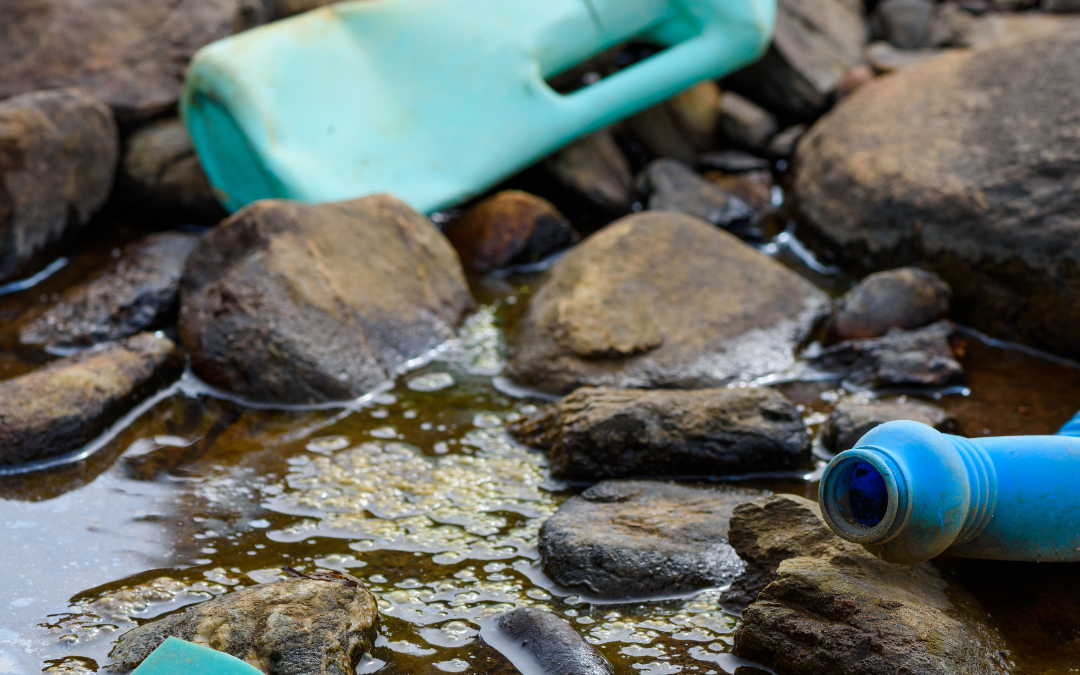In our previous blog, To grey or not to grey, we explored Bosman plumbing’s suggested greywater usage and the reasoning behind it and why water, a natural resource, needs preserving. In our next few posts, we will be exploring the concept and how to go about assessing and remodelling a system designed to meet your personal needs.
But first- what is the difference between greywater and wastewater?
All water that is not potable is normally referred to as greywater. We can group these as rainwater, untreated borehole water or wastewater from a bath, basin, or shower. It is, however, essential to distinguish between the different sources of such water. Wastewater from baths, showers, hand washbasins and washing machines is greywater, but wastewater from a kitchen sink or dishwasher is not greywater but is considered raw sewage.
A line is also drawn between non-potable water collected from the shower, bath, basin, and laundry and that from a toilet or urinal water which is referred to as black water.
The reasoning behind distinguishing between non-potable water, greywater and wastewater are to assess reuse purposes and the system needed. Health, safety, and sanitation needs should prioritize the use of any non-potable water. Greywater can become saturated with unhealthy levels of salts and other chemical compounds from non-environmental soaps used.
Before assessing where and how to implement a greywater system, households should research what plant types can cope with greywater. Soil quality can deteriorate over time with incorrect use, and greywater combined with wastewater and contribute to non-sanitary areas.
As industry experts with over 25 years of experience, Bosman Plumbing will be able to assist in assessing your current sanitation needs and advice on a system that will work best for you and your environment.

